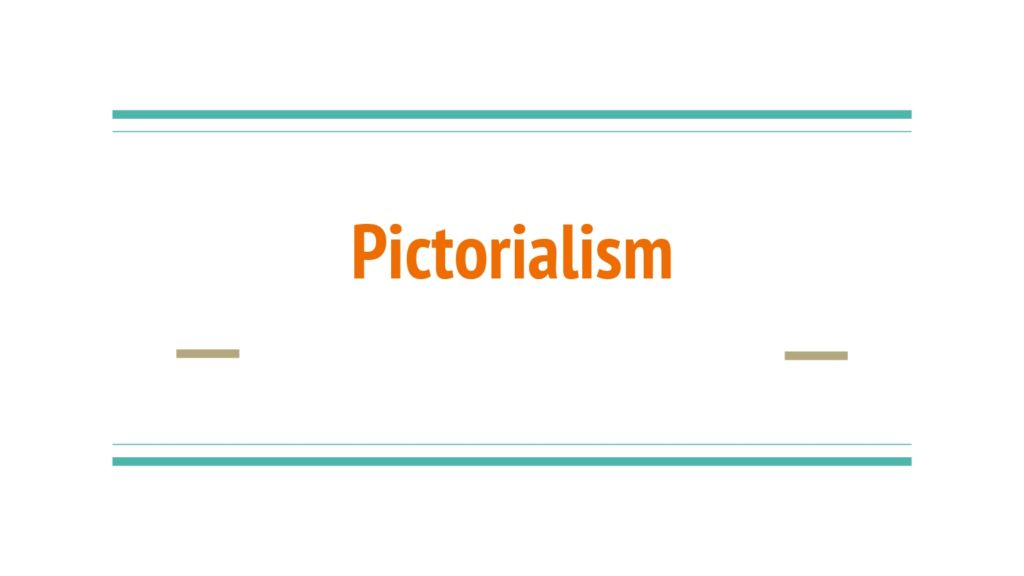
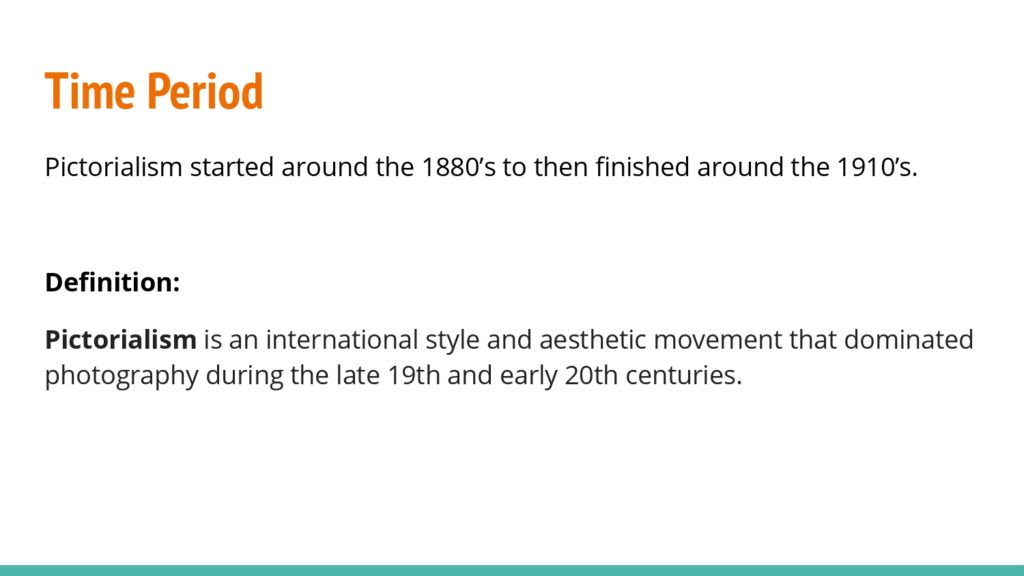
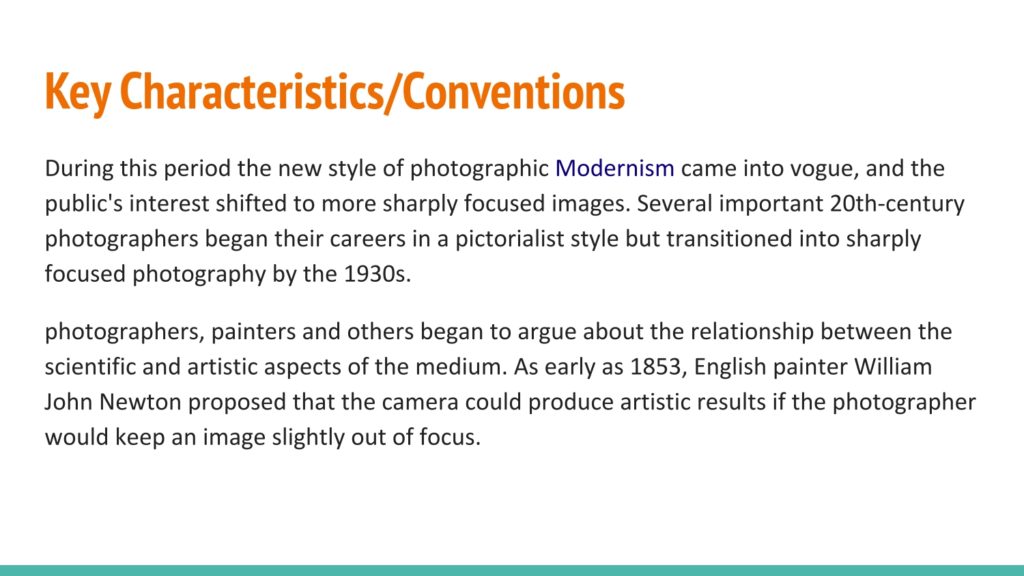
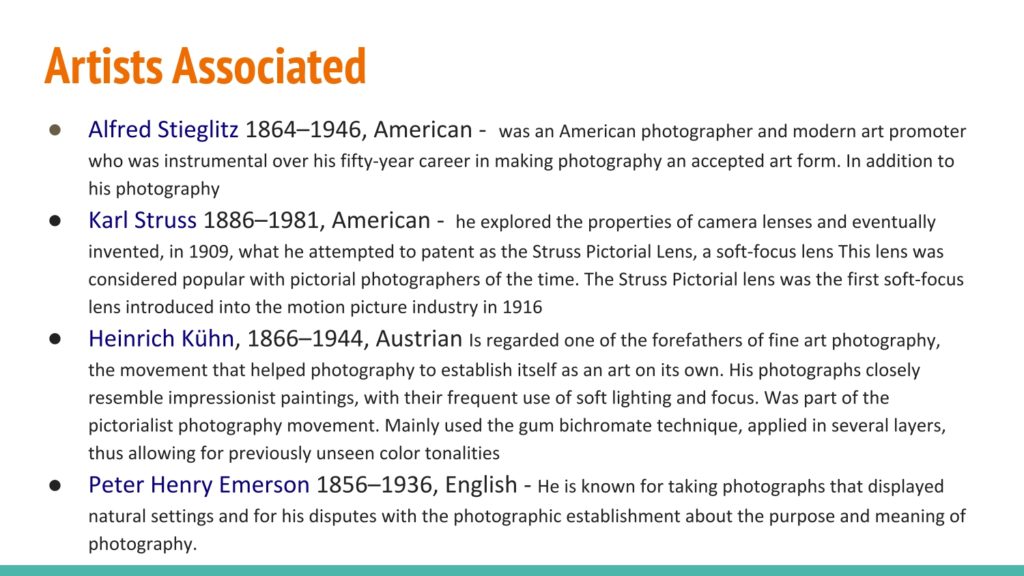
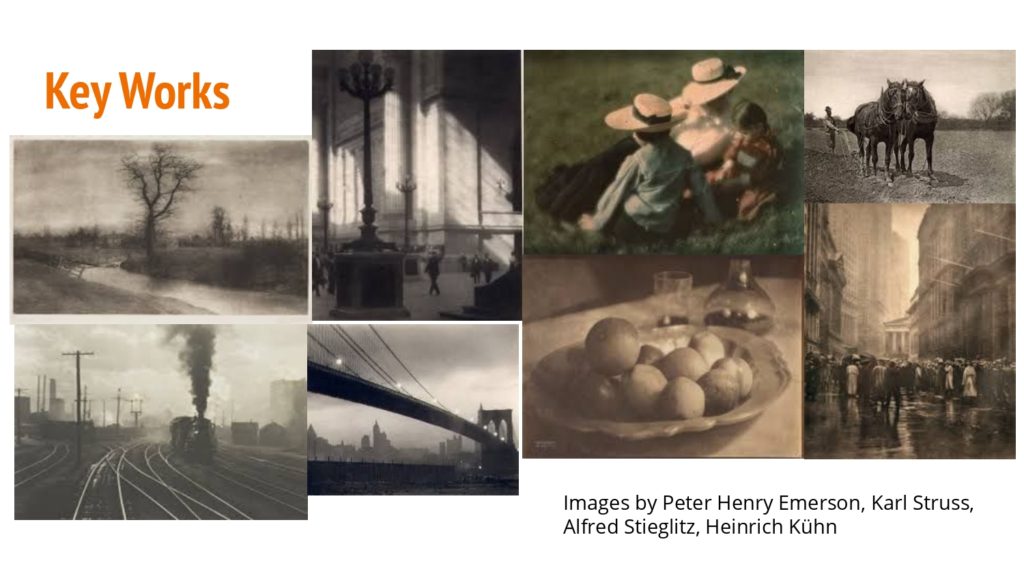
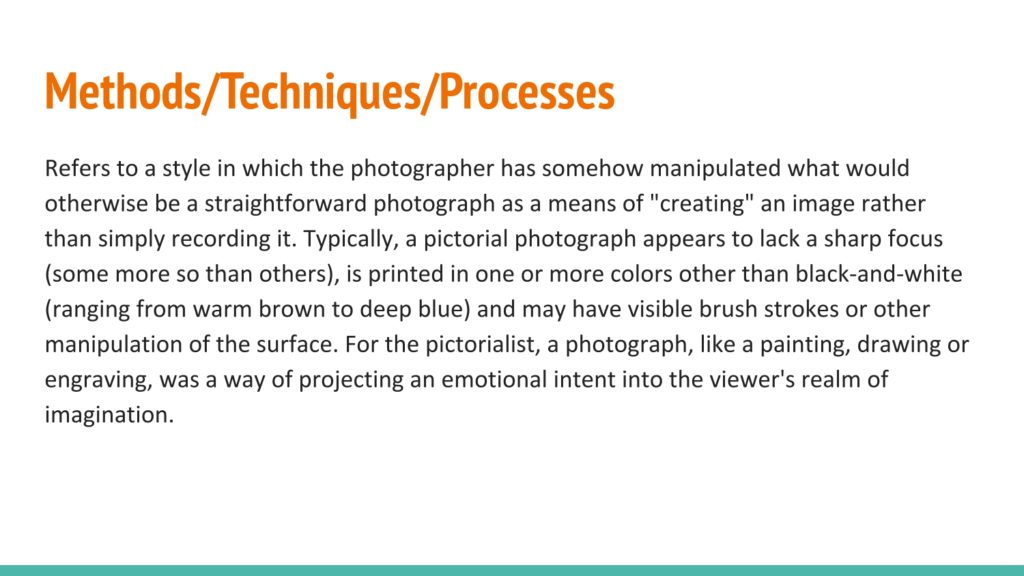






PICTORIALISM
Time period:
Key characteristics/ conventions:
Artists associated:
Key works:
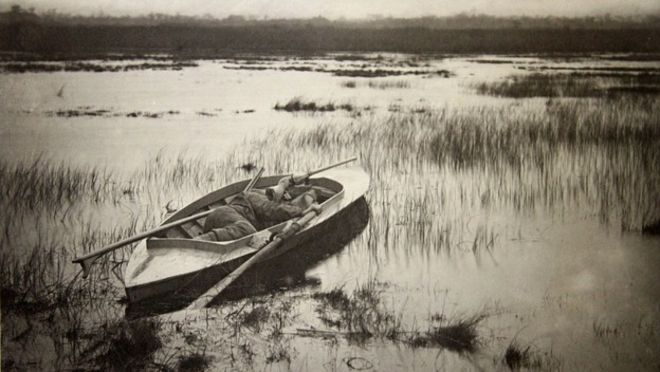

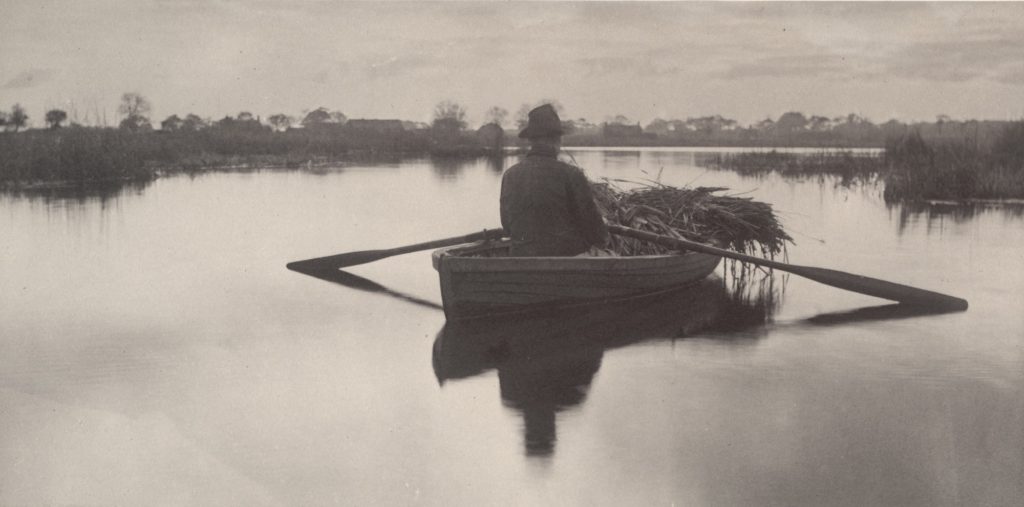
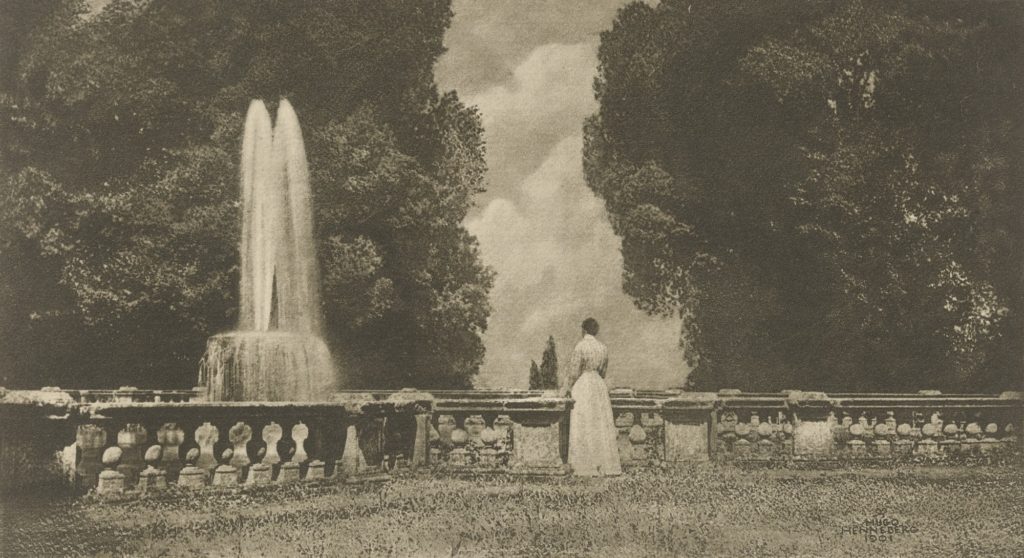
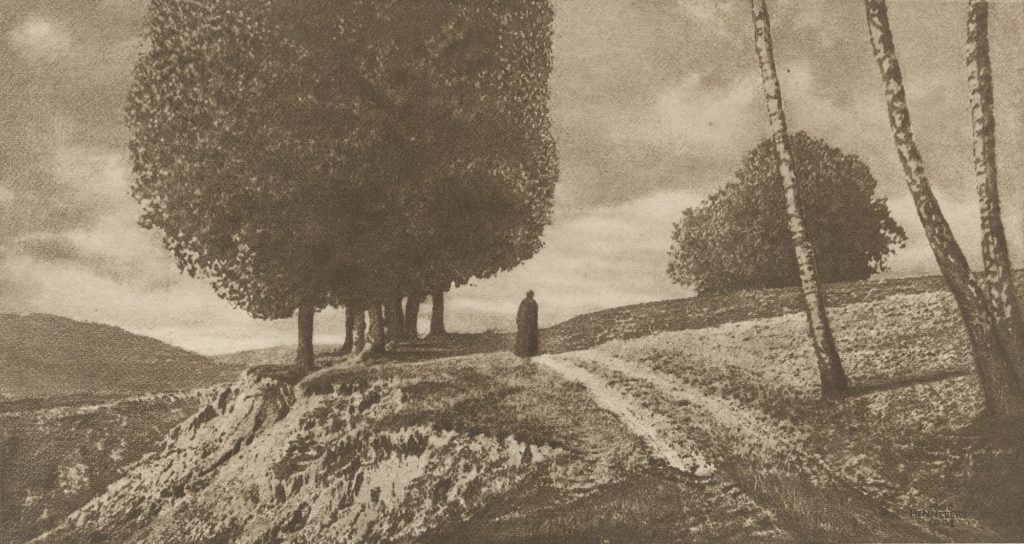
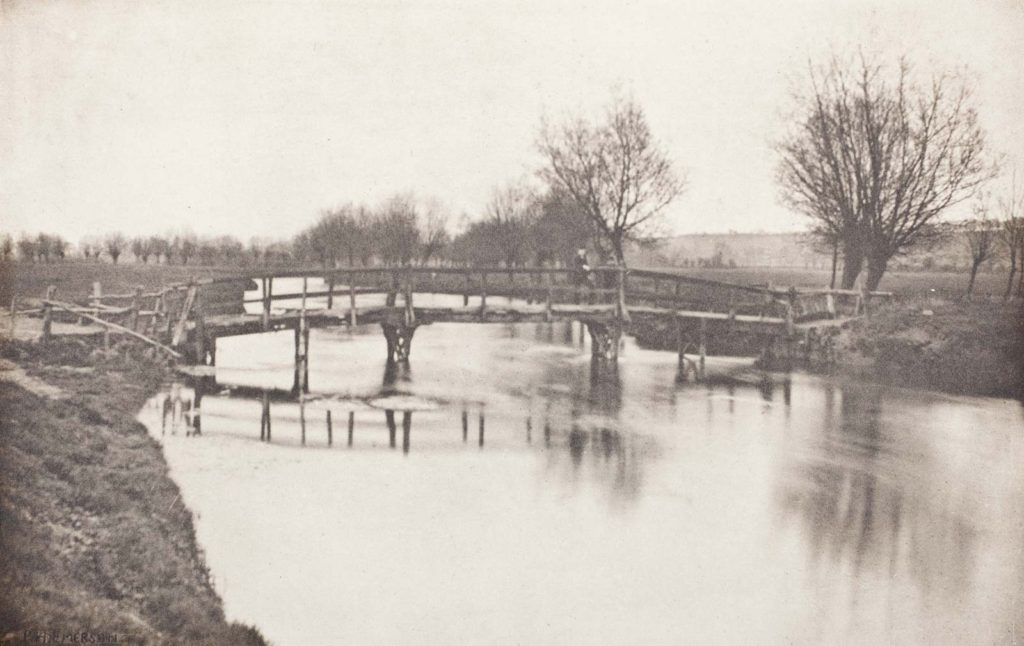

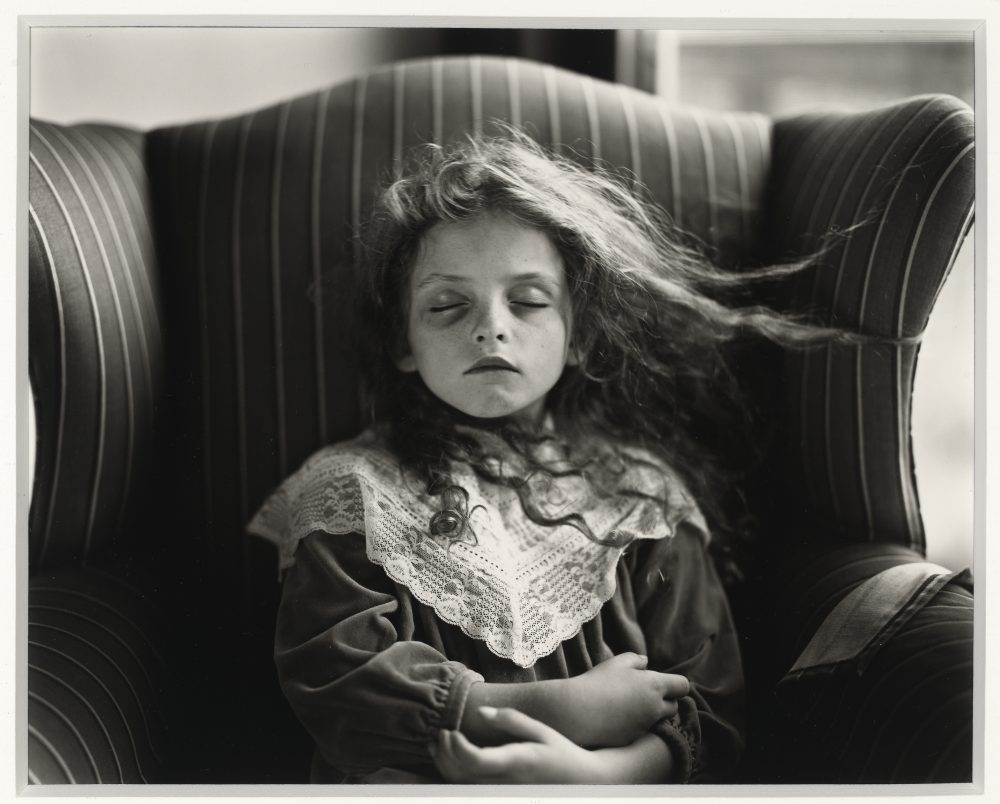
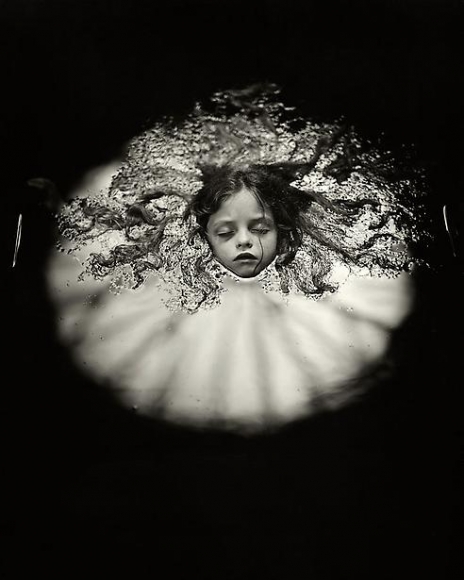
Methods/ techniques/ processes:
REALISM / STRAIGHT PHOTOGRAPHY
Time period:
Key characteristics/ conventions:
Artists associated:
Key works:
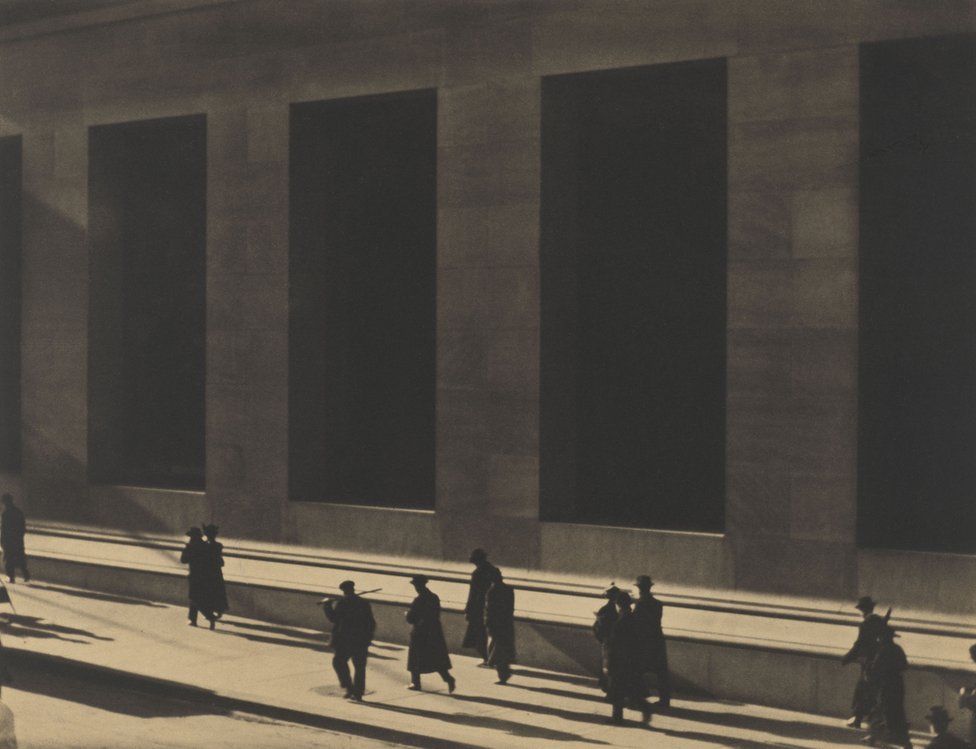

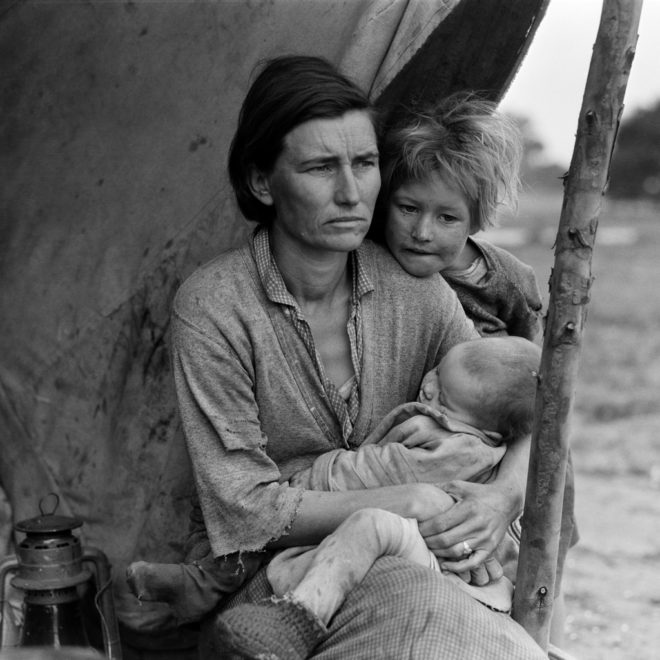
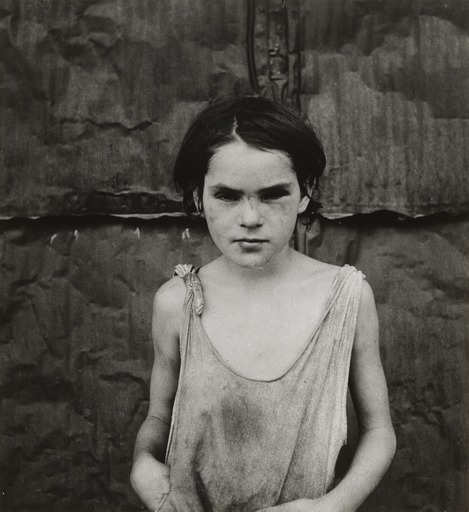



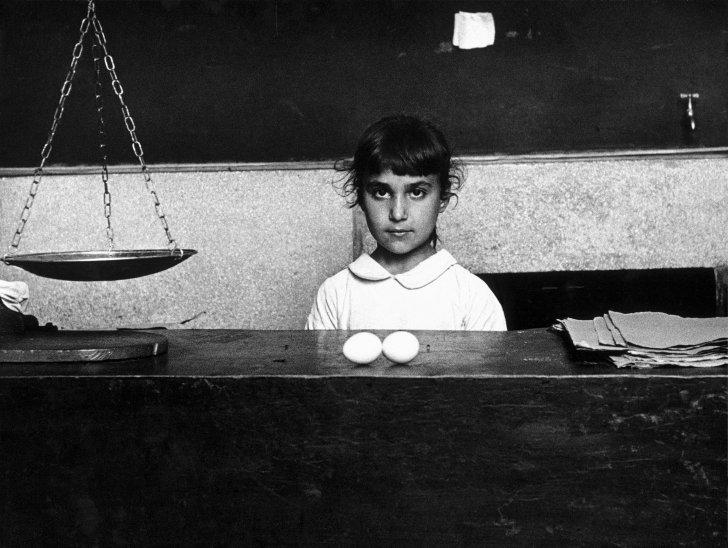

Methods/ techniques/ processes:
1880s – 1920s.


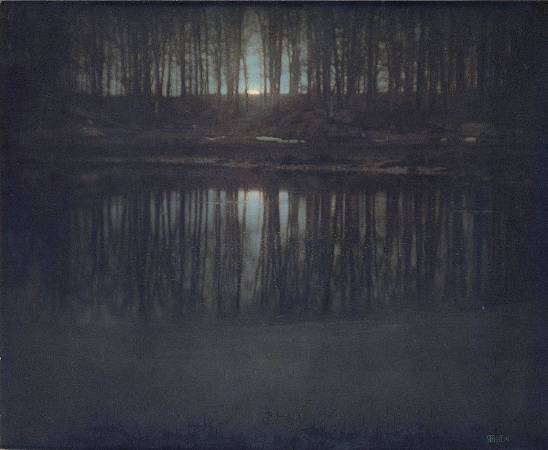
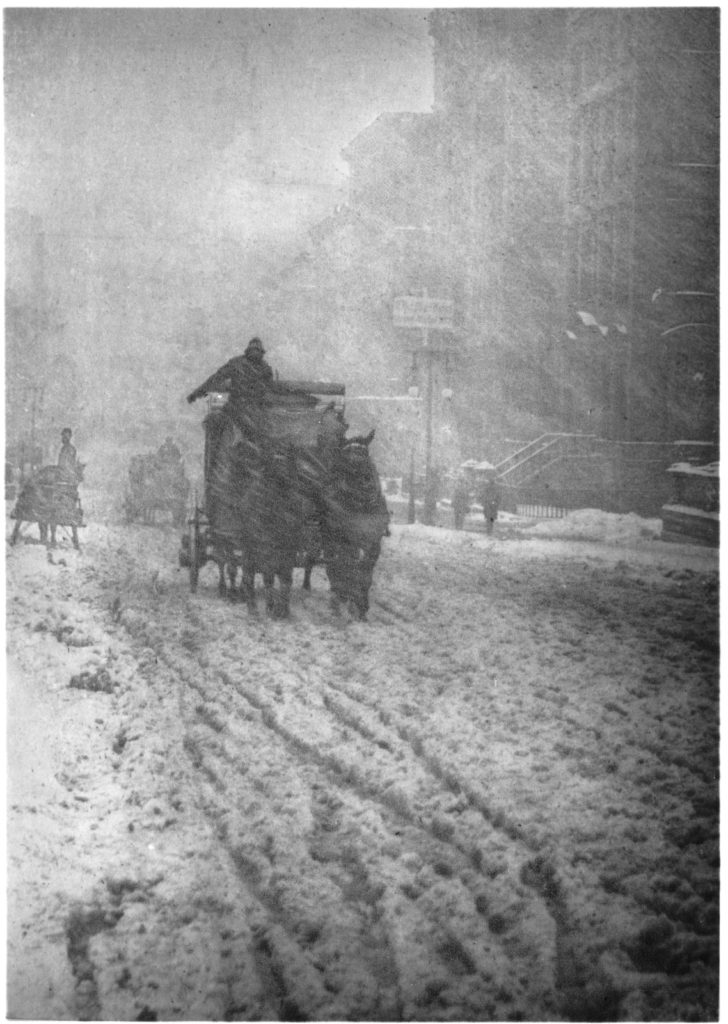

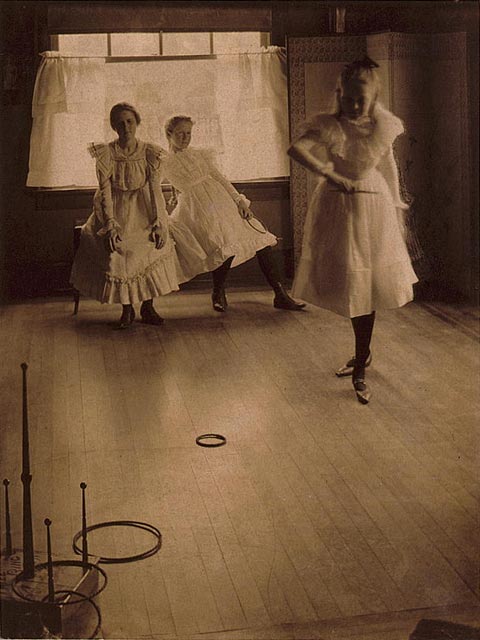
The main idea behind pictorialism was to make photography an art form and move away from using it solely to document scientific observations. To this photographers often tried to make their images look like paintings.
1910-
Opposing reaction to pictorialism. Recording the real world.


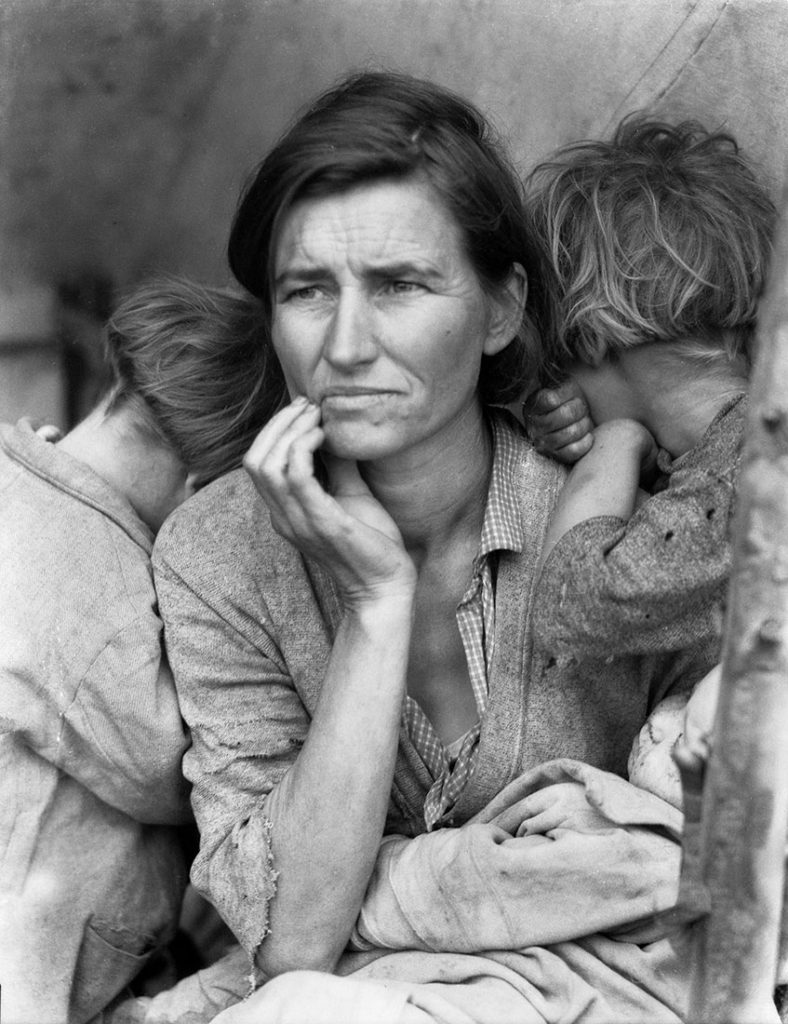
For my newspaper spread i features, multiple images on a page, a double page spread and images on their own page. I wanted to include this variety to make my newspaper more interesting and intriguing. I decided to include the portrait next to the gas mask because the black and white of the clothing is reflected but the other way with the gas mask. The gas mask can also reflect the silhouette of the couple standing. I decided to put the archival image, my own photograph of the book and the montage on the same page as it shows the intergration of archives, my own photography and then using both to create my own art. It also shows how although the war was in the past it is still current and can be used to this day. I chose to double page spread the image of the newspaper as it says islands free again but is juxtaposed as it is behind prison bars.
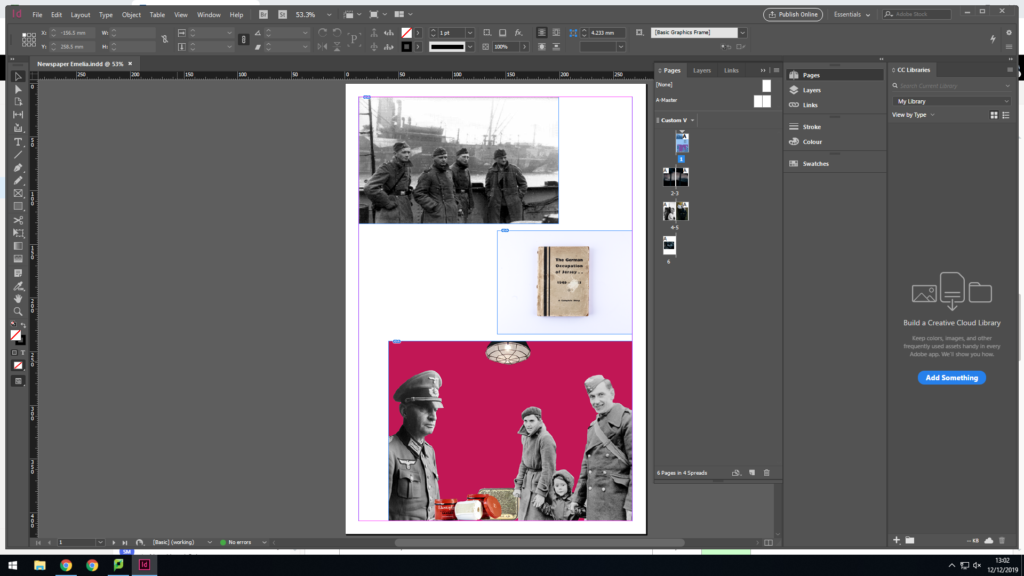

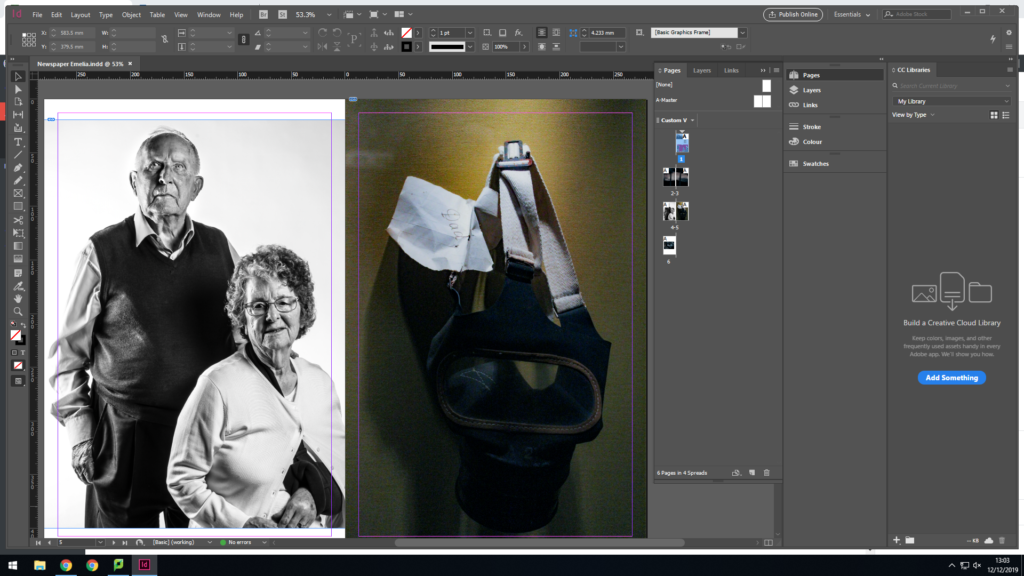

Art Movements & Isms
PICTORIALISM
Time period : 1880s-1920s
Key characteristics/ conventions : Photos had to look like paintings and drawings in order to fit in as a new medium.
Artists associated: Julia Margaret Cameron (1815-1879), The Vienna Camera Club, The Brotherhood of the Linked Ring, Photo-Secession, Sally Mann.
Key works:
Methods/ techniques/ processes: Put Vaseline in lenses to weaken the sharpness of the image. Allegorical paintings- figurative mode of representation conveying meaning other than the literal.
REALISM / STRAIGHT PHOTOGRAPHY
Time period: 1900s
Key characteristics/ conventions : provides an accurate and descriptive records of the visual world. The term ‘realism’ can mean to depict things as they are, without idealising or making abstract
Artists associated: Walker Evans, Alfred Stieglitz, Paul Strand.

Social Form Photography- Images of those in poor classes who live in slums taken by wealthy photographers in the hope that it brings light on the issue, start of photojournalism

Can a photograph lie?
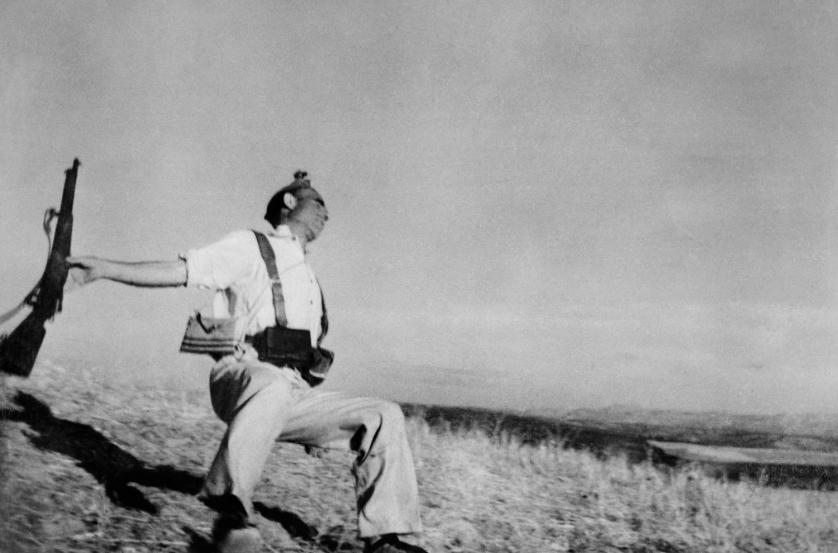
Are all photographs reliable?
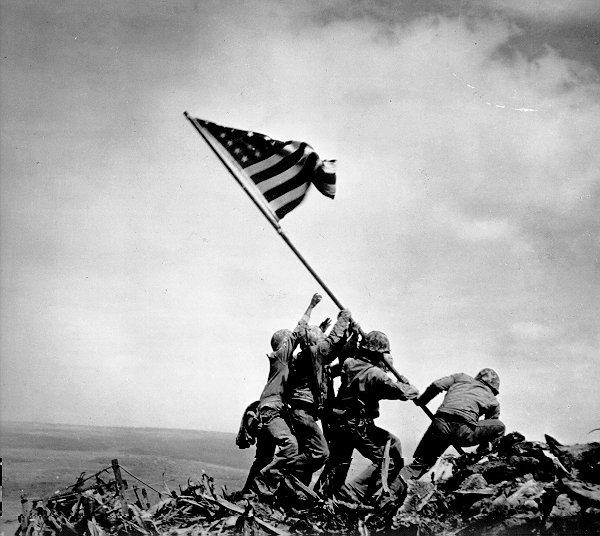
A photograph is a certain delivery of facts?
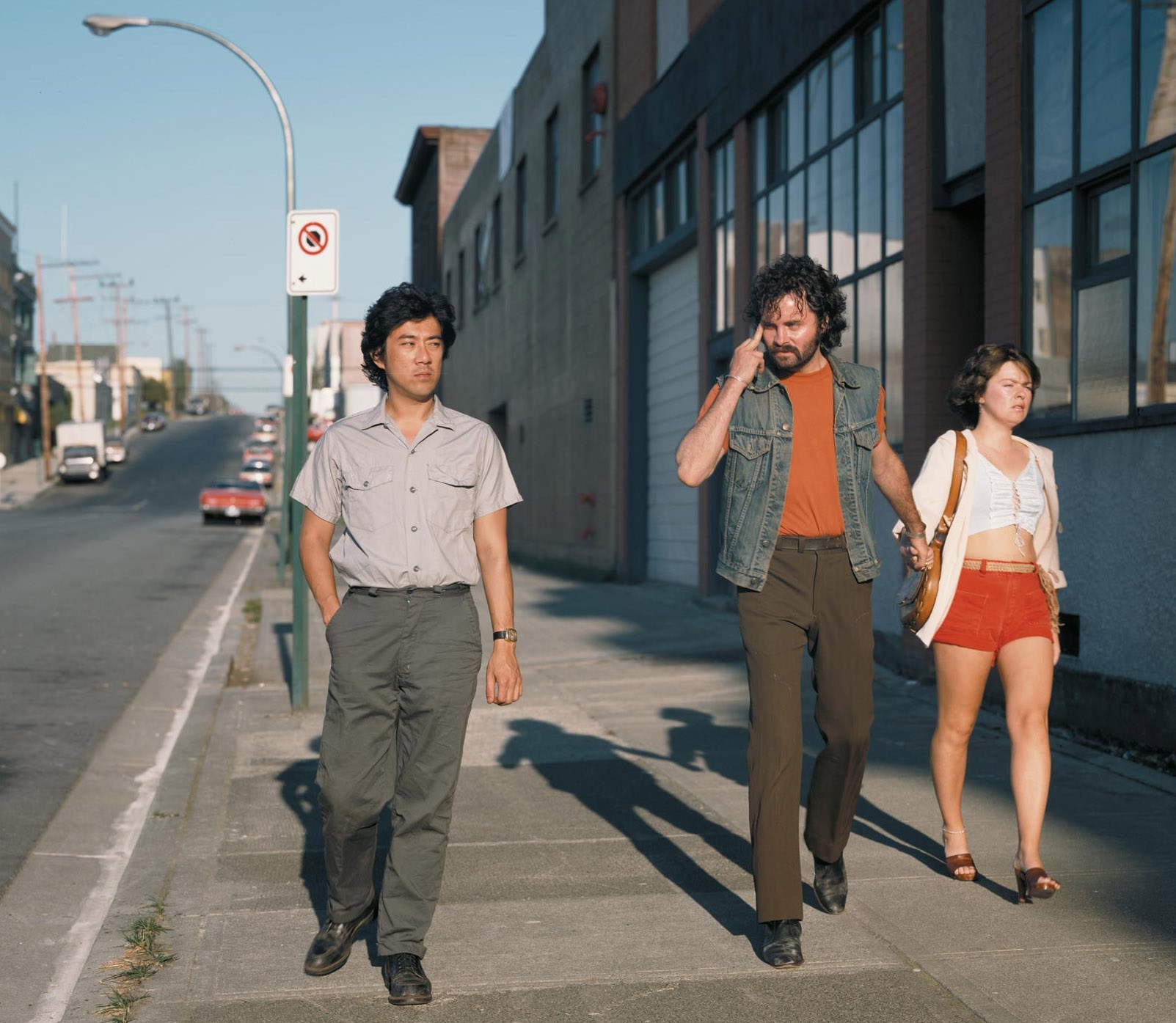
Claims of truth that most people take for granted?

You often hear a photographer saying: ‘the camera was there and recorded what I saw’.
A common phrase is to ‘shed light on a situation’ meaning to find out the truth.
‘A picture tells a 1000 words‘, is another aphorism that imply images are more reliable.
Picasso famously said: ‘We all know that art is not truth. Art is a lie that makes us realise truth.’
Magritte’s painting La Trahison des Images in which he painted a picture of a pipe with the words ‘Ceci n’est pas une pipe’ (This is not a pipe) goes some way towards an explanation.
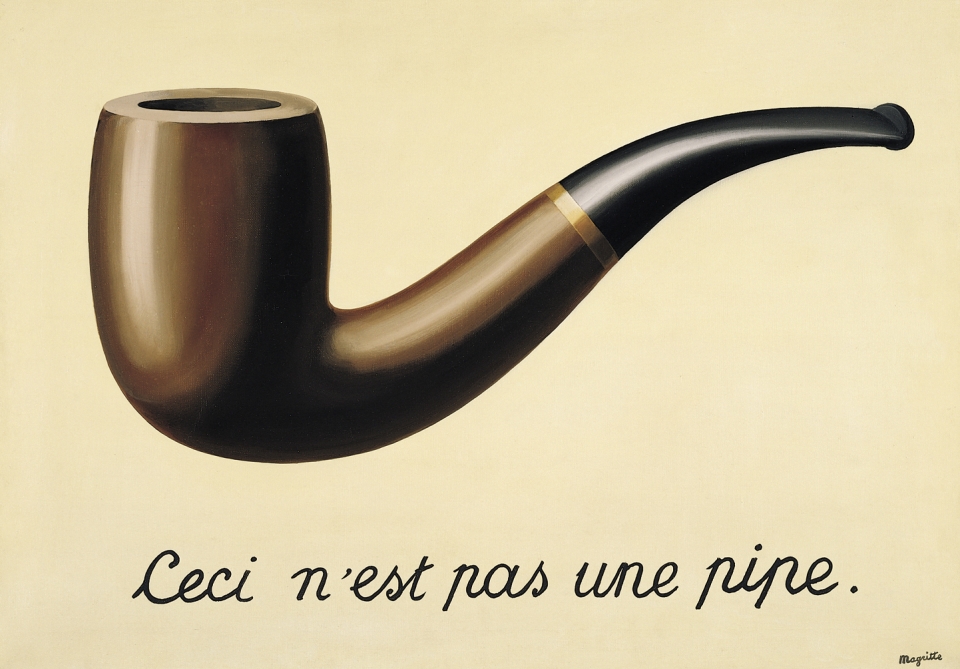
Documentary photography’s central aesthetic, political and moral associations are:
depicting truth
recording life as it is
camera as a witness.
TASKS: Produce a number of blog posts that show evidence of the following
1. ANALYSIS: Choose one image from case studies listed below that questions the notion of truth regarding the photographic image and its relationship with reality and explain why.
Follow this method of analysis:
TECHNICAL > VISUAL > CONTEXTUAL > CONCEPTUAL.
Read more here on PhotoPedagogy

2. PHOTO-ASSIGNMENT: Based on your chosen theme of Political Landscape make two images, one that you consider truthful and one that is not.
The rationale behind this task is for you to consider the nature of the photograph to be a true representation of reality. In order to complete the tasks successfully, you must read and look through supporting material and consider the bullit points too that may prompt you in your answers . It is important that you do thourough research and use direct quotes and reference from sources included below
RESEARCH: Look through this Powerpoints: Photography and Truth and also read also this text for further context: Issues in Photojournalism.
For a contemporary perspective on documentary practice read photographer, Max Pincher’s Interview: On Speculative Documentary To read this interview you must access it online from home as it is blocked the internet filter in school.
Documentary photography is based on assumptions that the photograph represents a one-to-one correspondence with reality, which is nearly accurate and adequate, and that the photographic image is capable of conveying information objectively.
Consider these points when you analyse your image
READING: Background and context of the historical, conceptual and aesthetic approaches and differences between documentary practice and tableaux photography.
David Bate (2016), Art Photography. Tate Publishing
New approaches to documentary in contemporary photography
David_Bate_The_Art_of_the_Document
On rise of Tableaux in contemporary photographic practice David_Bate_The_Pictorial_Turn
Also read and look through both these PPTs to get a basic understanding of Documentary vs Tableuax
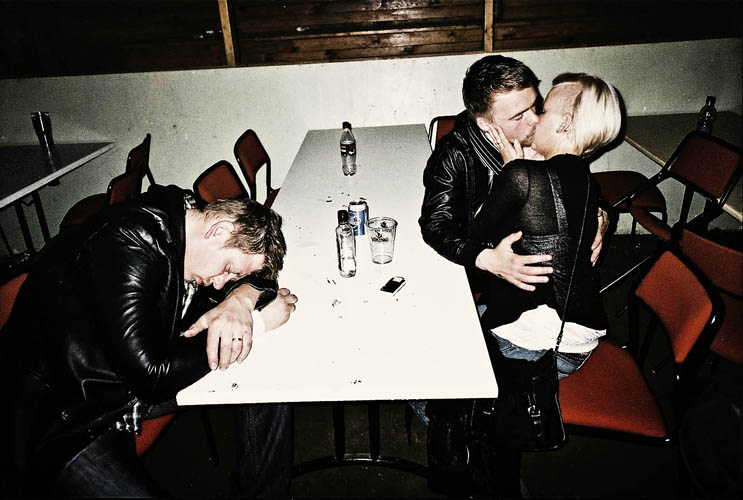
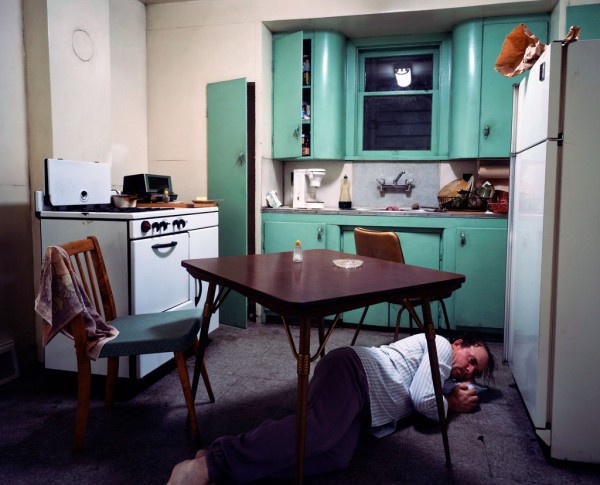
CASE STUDY 1:. In the terrorist attacks in Brussels in 2016 Fox News was reporting from the Place de la Borse. Video footage shows a young photographer posing a woman in front of a makeshift memorial: is it bad journalism ethics, or just the way it’s done?
Read the Guardian newspaper article here and make a blog post that expresses your own thoughts and views.
Further insight can be read here on Petapixel
Here is the image that photographer, Khaled Al Sabbah posted on Instagram

CASE STUDY 2: Another image from the Brussels attack has also generated a lot of chatter on social media.
A photograph of a woman in shock with torn clothes and injured foot has gone around the world.
Read a few articles here.
Following the second explosion, Kardava (the woman who took the image on her phone) fought her urge to run to a safe place. “I also wanted to take pictures. As a journalist, it was my duty to take these photos and show the world what was going on. I knew I was the only one at this spot.”

Is there a moral dilemma in photographing people injured or dying? As photojournalist should you take the image?
What is your view? How has this image become iconic of the terrorist attacks in Brussels airport?
CASE STUDY 3: Using another news images as an example, such as the drowned Syrian boy (read article here), consider if photographs can change the world or change people’s perception?
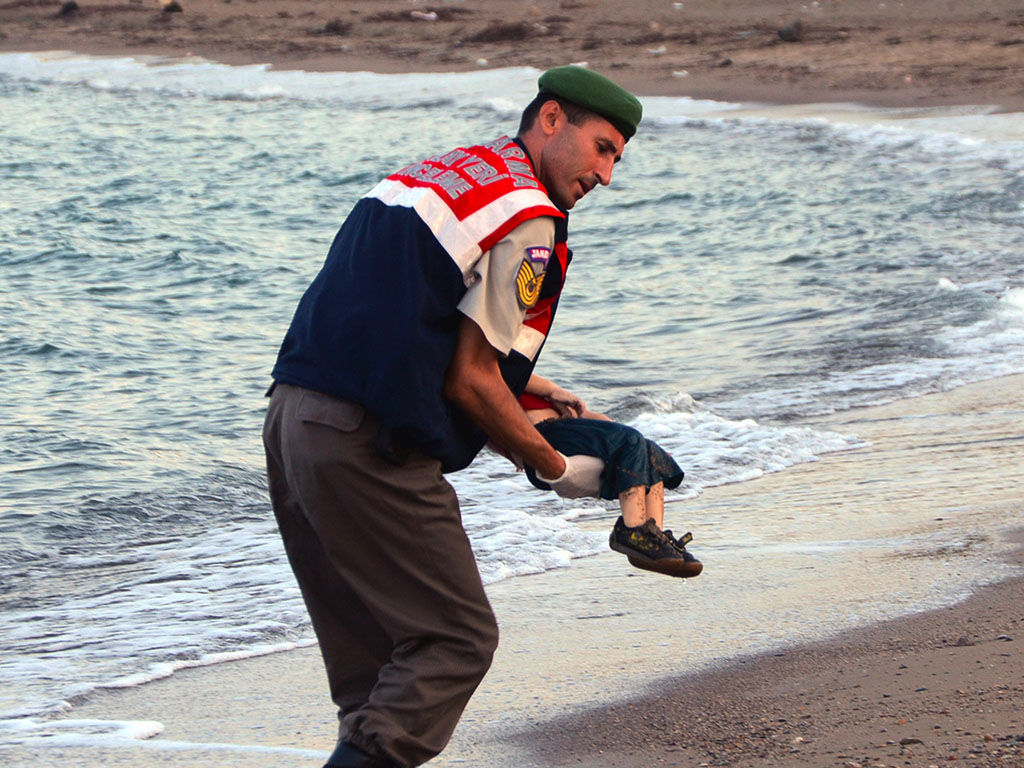
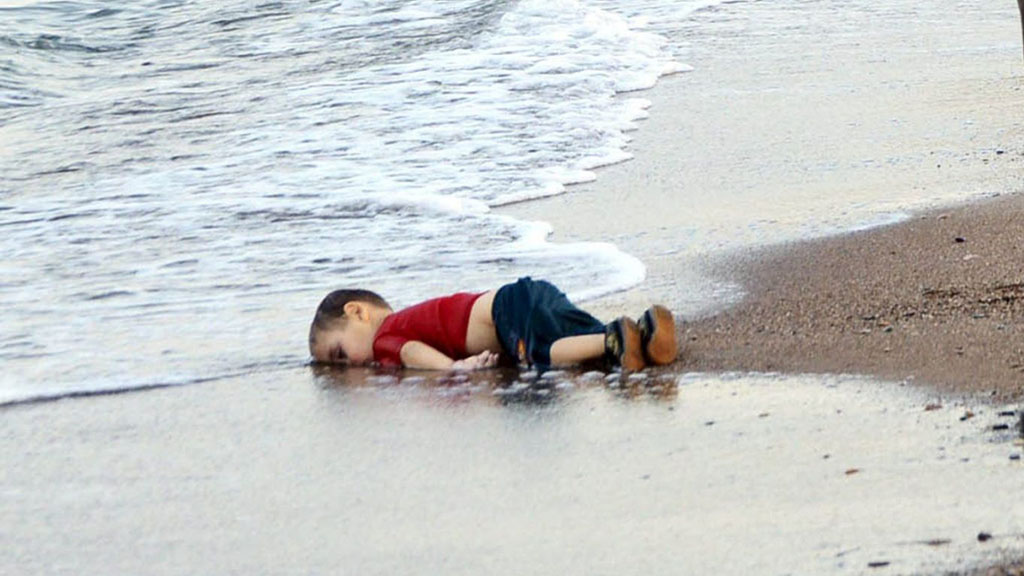
Here is a link to another article about the photographer who took the photos of the dead Syrian boy where she speaks about why she took them.
For a different point of view read this blog post by photographer and lecturer, Lewis Bush where he discuss the above in light of recent images of dead Syrian refugees in Europe. Incorporate his views and include quotes, for or against your own analysis and point of view.

CASE STUDY 4: Jeff Wall, Canadian artists known for his large scale tableaux image presented in light-boxes

Today, most of his images resemble reportage and, as such, are likely to incense his detractors, who claim he’s not a “true” photographer. His most contentious new work, called Approach, shows a homeless woman standing by a makeshift cardboard shelter in which we spy the foot of what could be a sleeping vagrant. Wall tells me it was shot under an actual freeway where the homeless congregate and that “it took a month to make, working hands-on” – but he won’t divulge just how staged it is. Is this an actual homeless woman, or an actor? Is the shelter real, or was it built by Wall’s team of assistants to resemble one?

Re-creating images from memory is crucial to Wall’s practice – perhaps because it flies in the face of the tradition of photography as an act of instant witnessing.
“Something lingers in me until I have to remake it from memory to capture why it fascinates me,” he says. “Not photographing gives me imaginative freedom that is crucial to the making of art. That, in fact, is what art is about – the freedom to do what we want.”
Read full interview with Jeff Wall here
In terms of truth or communicating an idea that make references to a real social problem such as homelessness, does it matter if the image is staged or not? Where does authenticity come into the picture?
CASE STUDY 5. The images of renowned photographer Steve McCurry, who made the famous and iconic image of an Afghan girl for a front cover of National Geography has recently been criticized for making ‘too perfect pictures’ which not only are boring but reinforces a particular idea or stereotype of the exotic other.

Read this article by Teju Cole in the New York Times Magazine which compares McCurry’s representation of India with a native photographer, Raghubir Singh who worked from the late ’60s until his untimely death in 1999, traveling all over India to create a series of powerful books about his homeland.
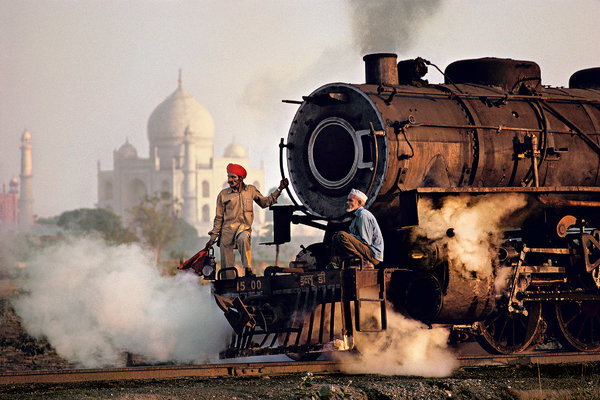

Reference to Coldplay’s new video also highlight the idea of cultural appropriation that harks back to Britain’s colonial rule and exploitation of the Orient.
Read this artcicle on Petapixel in In defense of Steve McCurry’s images
What is your view? Back it up with references to article read and include quotes for or against.
CASE STUDY 6:
Kevin Carter and The Bang Bang Club
Starving Child and Vulture
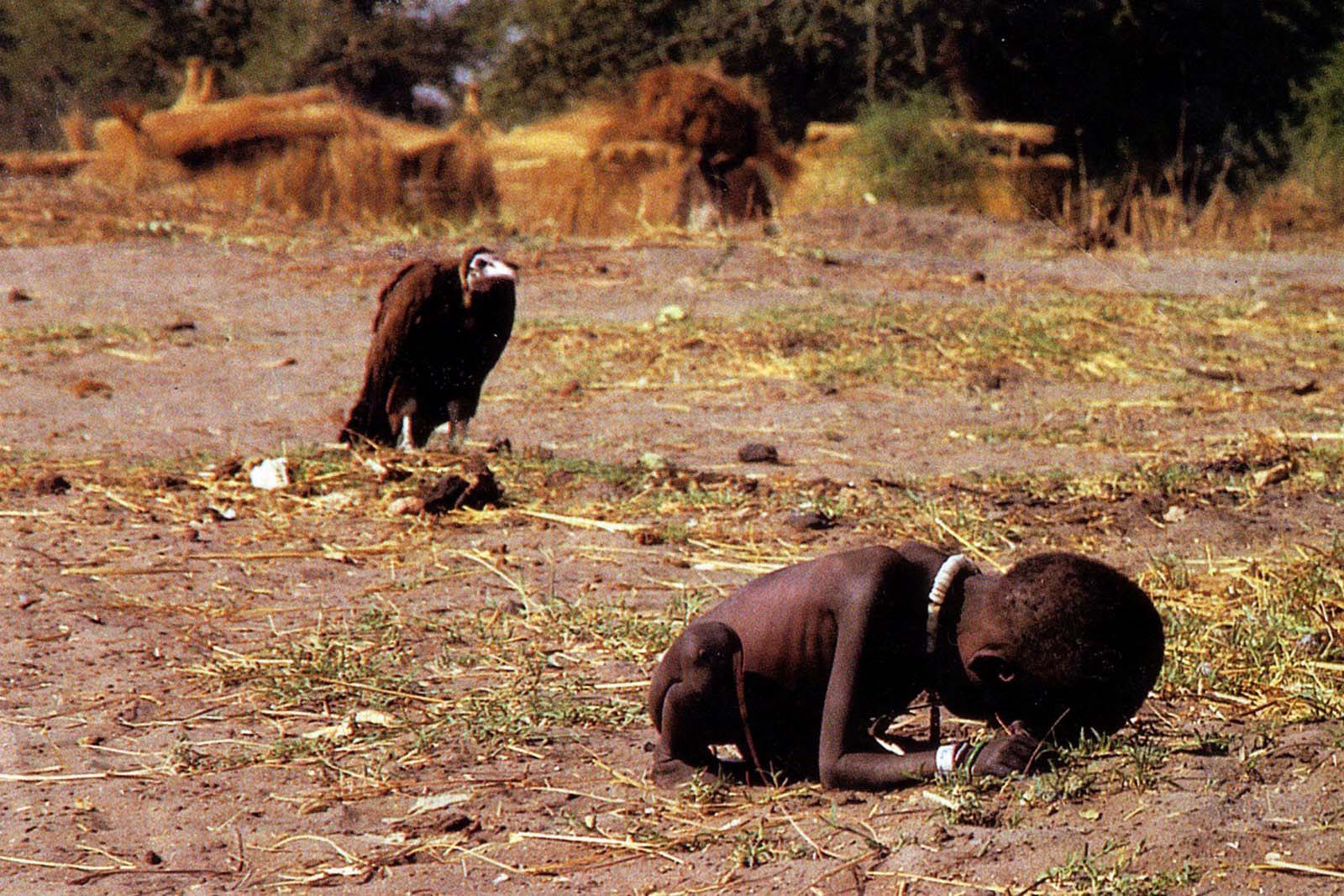
Kevin Carter knew the stench of death. As a member of the Bang-Bang Club, a quartet of brave photographers who chronicled apartheid-era South Africa, he had seen more than his share of heartbreak. In 1993 he flew to Sudan to photograph the famine racking that land. Exhausted after a day of taking pictures in the village of Ayod, he headed out into the open bush. There he heard whimpering and came across an emaciated toddler who had collapsed on the way to a feeding center. As he took the child’s picture, a plump vulture landed nearby. Carter had reportedly been advised not to touch the victims because of disease, so instead of helping, he spent 20 minutes waiting in the hope that the stalking bird would open its wings. It did not. Carter scared the creature away and watched as the child continued toward the center. He then lit a cigarette, talked to God and wept. The New York Times ran the photo, and readers were eager to find out what happened to the child—and to criticize Carter for not coming to his subject’s aid. His image quickly became a wrenching case study in the debate over when photographers should intervene. Subsequent research seemed to reveal that the child did survive yet died 14 years later from malarial fever. Carter won a Pulitzer for his image, but the darkness of that bright day never lifted from him. In July 1994 he took his own life, writing, “I am haunted by the vivid memories of killings & corpses & anger & pain.”Read more here: http://100photos.time.com/photos/kevin-carter-starving-child-vulture

PICTORIALISM
Time period : 1880s-1920s
Key characteristics/ conventions : make them look like artworks
Artists associated: Julia Margaret Cameron The Vienna Camera Club (Austria)
Key works:
Methods/ techniques/ processes: scratching etching to look like canvas, vaseline over lenses=unsharp lenses, adjustsments in lab with chemicals.
REALISM / STRAIGHT PHOTOGRAPHY
Time period:

Key characteristics/ conventions : wanted to make realism – straight photographs
Artists associated:Walker Evans (1903-75) Paul Strand
Key works:
Methods/ techniques/ processes:
Reading through the introduction of Camapany’s new book it is clear that the individual is knowledgeable and starts off his intro with his personal opinion on photography. He includes the quote“Photography is the easiest thing to talk about, which also makes it the hardest”. I found that this allowed for the book to be introduced in a personal way which can also be taken as facts. He also includes four names within this which are said to be photographers who have inspired him to talk to them about photography, making this introduction also conversational. He said that the conversations were challenging and there were photographers who seemed to be “more approachable than others“.
Going onto the end of the first page and onto the second, Campany again gives a personal experience where he says he is usually invited by artists and photographers to interview them which he says he likes to take casually in order to not but the person on the spot (after personal experience). He usually doesn’t prepare to interrogate the individuals and makes up the questions on the spot as “the best moments come when both parties are really pushing and clarifying each others thinking” . The carry on from this is about conversations within his workplace and explains the value of a conversations along with the waste of a questionnaire.
After this introduction there is then a sections for each photographer included in the book which totals to fourteen of them.
Front and Back of the Book
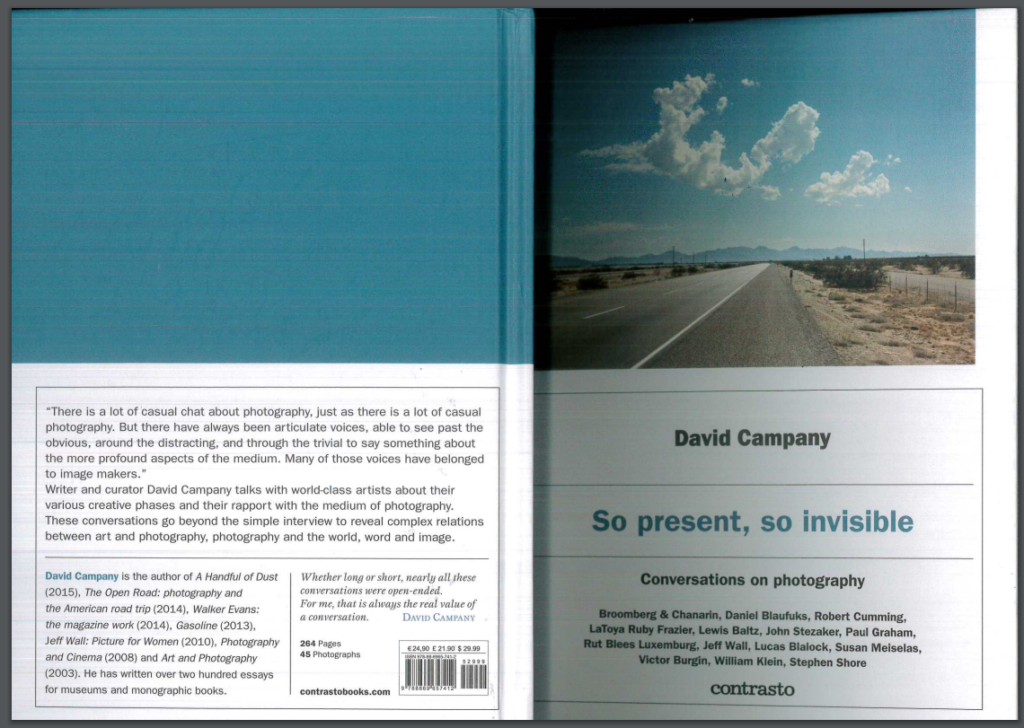
Contents Page (Photographers listed)
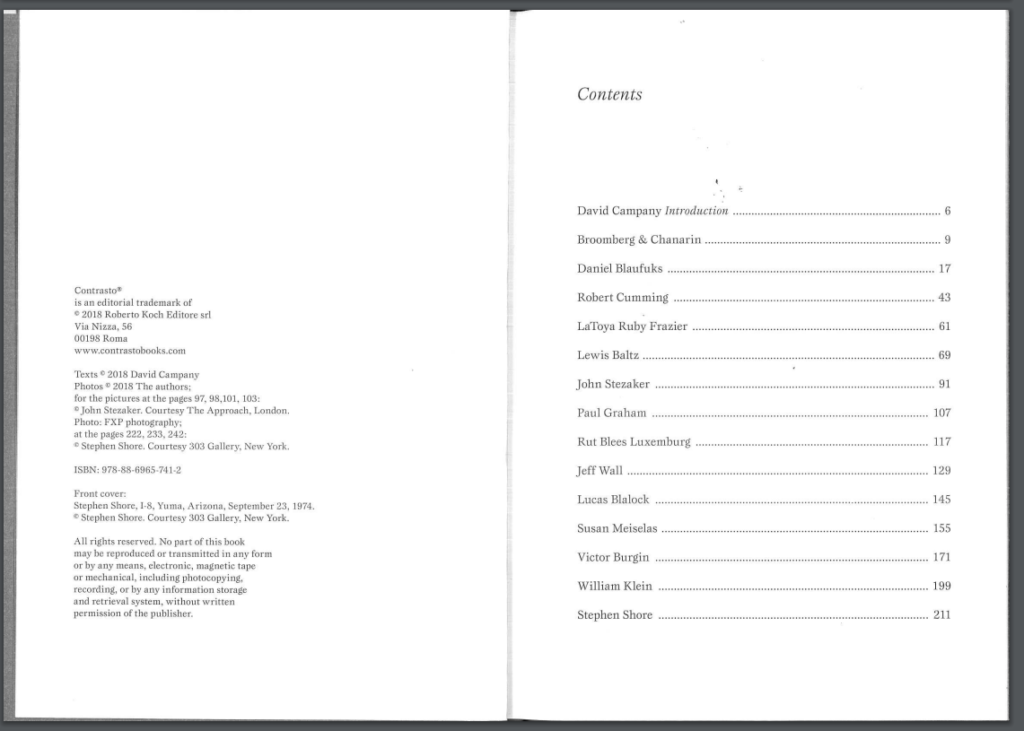
David Campany’s Introduction Page

Looking into an Artist
After looking at David’s introduction page, i then went through and chose an individual from the contents page to explore in more detail.
Baltz was born in Newport Beach, California in 1945 and was known for his work focused around the subject of beauty in desolation and destruction. He graduated with a BFA in Fine Arts in 1969 as well as held a Masters Degree from Claremont Graduate School. Due to this he received several scholarships and awards as his specialty was recognized by lots of industries best. In the year 2002, he became a professor in Photography for a graduate school.
Coming back to the subject around his independent work ‘ Beauty in Desolation and Destruction’ his images were seen to describe the architecture of the human landscape ie offices and parking lots. His images are a clear representation of representing power and control through his minimalistic photographs. He has said that what inspired him most to create these subjects is the difference between knowledge and visual aspect as his photographs, videos and site-specific installations dramatize these aspects in different ways. In 1989 he left back for Paris and Venice where he lived the remaining years of his life.
Mood Board of his Images
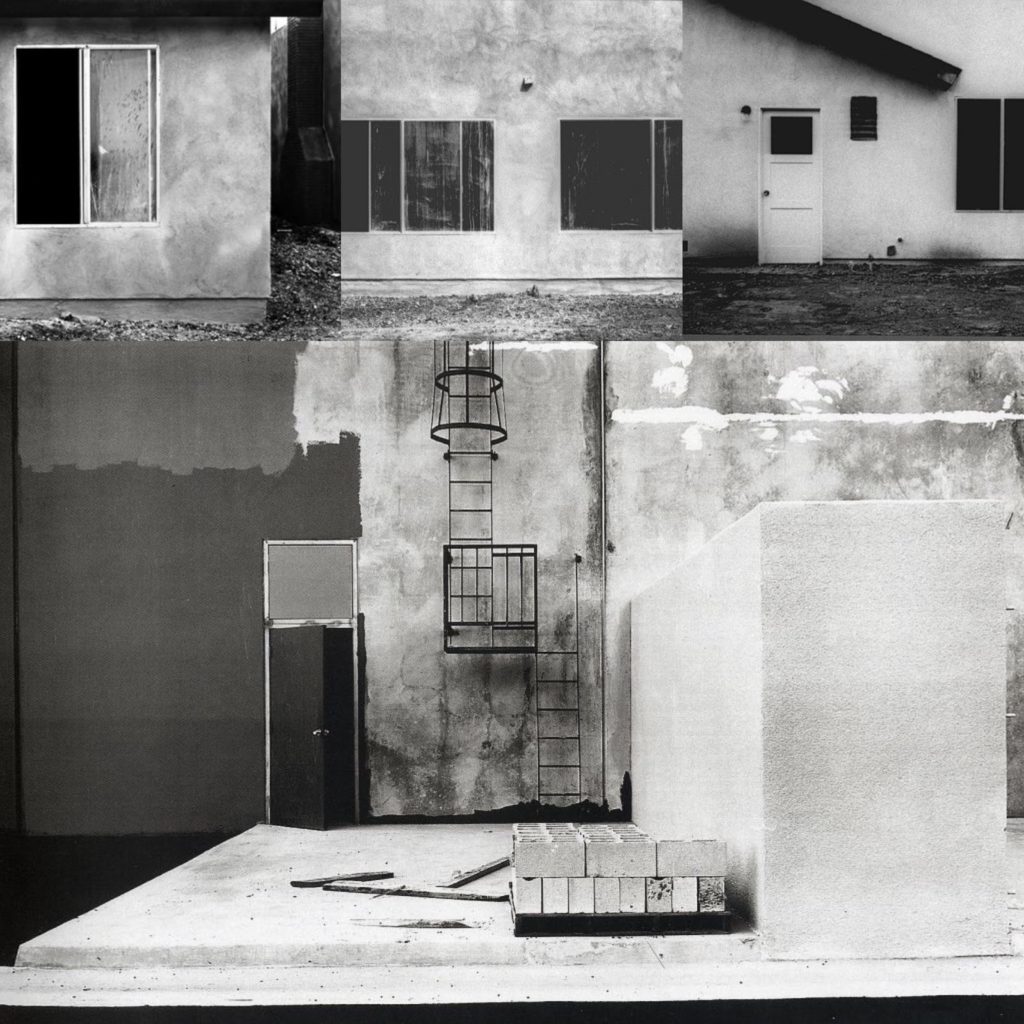
His Style..
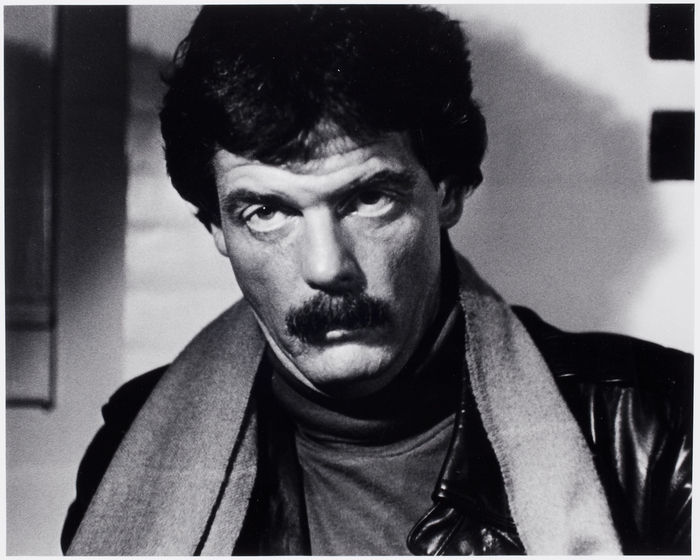
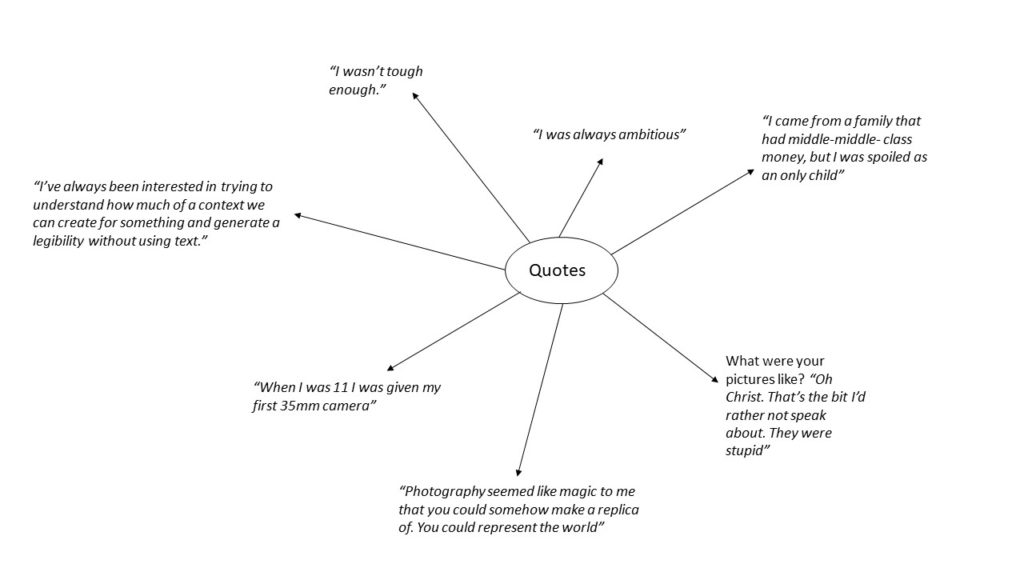
Image Analysis

Technical Analysis- Technically we can see that this image has been taken with a well quality camera and simple setting have been used in order to make the image successful. I am thinking that a quick shutter speed along with no depth of field would have been used for this image as it is a fully focused image, it is also suggested that there was no flash used for this image. There would have been a low ISO used as the shutter speed was high for no intended blur. The apature is likely to b on F16 to allow the full frame to be in focus and allow enough light in the image.
Visual Analysis- Visually we can see this image has been edited into a black and white edit which allows for contrast to be shown clearly through light and shade, as well as the image being seen as being part of a building which looks run down. There are also a lot of walls in the image as well.
Conceptual Analysis- Conceptually, this image as seen as quite a light and shade image creating a sense that it has a dark meaning behind it. Due to the odd locations of a shoot this also adds the element that Baltz may have been in a dark place in his mind.
Contextual Analysis- Contextually this image was taken at Western Carpet Mills in Tustin and is from ‘The New Industrial Parks Near Irvine, California’ in 1974.
Dave Campany’s booked is called ‘So present, so invisible, Conversations on Photography’ it includes interviews with world-class photographers. The interview I am going to discuss is with Paul Graham a British fine art and documentary photographer. He has lived in New York since 2002, so a large majority of this work is based in America but he has projects based in Northern Island after the famous ‘Bloody Sunday’ in 1972 as well as a project called A1 which is based on the Longest marked road in the UK. This most recent work ‘A Shimmer of Possibility’ based in America is a sequence of edited images of everyday street life. When he was emerging as a photography colour photographer was beginning to make and appearance in the industry. In his interview he was saying how it was hard as an artist to break out of the cycle of black and white photography. ‘ I don’t want to call it radical but some found it so,’ clearly the audience and some artists at the time were threatened by evolving technology, which made it harder to introduce colour. ‘You can use the beauty of the landscape to seduce people into engaging with a picture they normally wouldn’t look at,’ I picked this quote because this is the basis of excellent photograph it’s all about capturing such a powerful image that people can’t help but look at it. The whole idea of attracting more than just one audience is a way to stretch yourself as a photographer by being able to take an image that has more than one simple concept. When discussing his style and how it can be seen as controversial he uses this metaphor, ‘you don’t call cooking with ingredients that came from the garden documentary cooking, it’s just cooking’. He saying that photography is a broad creative subject which has no rules, it’s all about capturing in the moment through observation just because he doesn’t stage or plan this photos doesn’t mean their aren’t part of medium.
Graham doesn’t says his in his interview but I found it powerful, ‘Perhaps instead of standing at the river’s edge scooping out water, it’s better to be in the current itself, to watch how the river comes up to you, flows smoothly around your presence, and reforms on the other side like you were never there.’
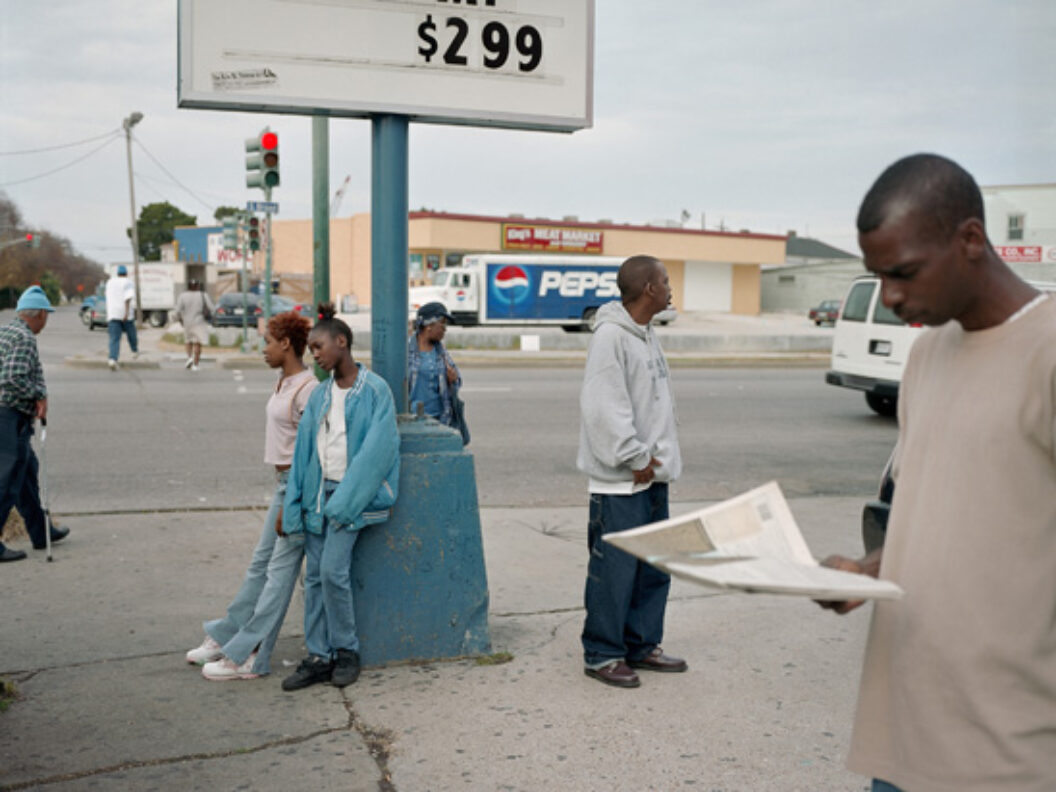
Most of Graham’s images are of interest to me but this one of the most striking. I love the overall simplicity of this photo, yet it’s contextual depth. The main focal point is how their is only black people present, the odd thing to me is that they all seem to be very comfortable in such a public environment. Conceptually, I think this photo is displaying how idotic prejudice views are about the black community. In the photo Graham portrays the subjects reading newsapers crossing the road, chatting, all normal acts. Some white people hold the view that black people are constantly out in public causing trouble, this image challenges this racist view. He uses natural daylight to capture this untempered image. It is neither under or over exposed which is a hard skill considering he works under low control situations that require a steady hand and quick eye. He uses a medium lens inorder to capture the setting as well as a fast shutter speed to avoid motion blur. The photo has very dull colours giving it a cold temperature with the greys and blues. The Pepsi van, the mans hat, the womens jacket, the post she is leaning against all work together as a spetrum of different shades of blue, creating harmony within the colours. There is a combination of textures, the uneven and cracked pavement, the smooth road tarmac, these opposites create constrast between the surfaces. The lack of repetition is what makes this a candid image, its raw and unplanned, creating an authentic documentary style photo.
Hasson Hajjaj was born in Morocco, Larache in 1961 and is known as a contemporary artist based in all London, Morocco, UK and Marrakech where he takes fashion inspired images in different cultures. He is also known as the ‘Andy Warhol of Marrakech’. His most well known photographic works is his collection which is being displayed in New Yorks Brooklyn Museum as well as others in the United Kingdom and in France.
He was known as a photographer, filmmaker and a designer and is self-taught with having a lot of influence from hip-hop in London which allowed him to have a diverse practice in portraiture, installation, performance and fashion. This then developed into drawing more influenced from pop art, fashion as well as his overall photography to create more studio works with Malick Sidibe.
Carrying on with the theme of film, Hajjaj’s first feature-length film was premiered in Los Angeles Country Museum of Art and it takes viewers into the world of one of his most iconic series ‘Kesh Angels’. He was also the winner of the 2011 Sovereign Middle East and African Art Prize.
His Style
Mood Board
Analysation Image

Technical Analysis- Technically we can see this is a well focused image with good camera quality helping to show that a high shutter speed would have been used in addition to a low ISO allowing for there to be no graininess to the image. Along with this a high contrast is used allowing colours to be bright and for the image to be focused and stand out. We can also see an appropriate white balance to go with the artificial lighting which is allowing for the saturation of the bright colours to be well seen.
Visual Analysis- Visually we can see that the saturation on this image has been enhanced to allow the bright colours and patterns to be seen with Hajjaj’s desired effect. The male model is wearing a red and white matching suit with orange timberland boots creating a mix match effect due to the colours not usually going together. There has also been a blue and black roll of paper laid out as a background which shows this had b been a set up photoshoot. However, looking at what the models wearing and what the background is we can clearly see that these colours don’t go together. There is also a border to this image which are individual tomato canisters which can be seen as random.
Conceptual Analysis- Conceptually, due to the blue and back spread we can guess this is a set up photo shoot meaning that the photographer wanted for every aspect in the image to be as it is, otherwise it would have been edited out. Therefore I personally think that her meaning through this photograph is that she wanted to show fashion in the way that you can wear what you want even if it doesn’t’t live up to societies image of colours going together etc.
Contextual Analysis- Looking into Hajjaj’s work, as well as his images it has become clear that he has a very certain type of style where he likes to experiment with colour, patterns and the way they are worn showing his passion for fashion and art. This image specifically represents experimentation with society and how people respond to the crazy patterns and lifestyles some people wear and choose to live.
After looking into fashion photography, I have found that it doesn’t have to be all about fashion and I can link the images in alternative ways. I think this is a good idea as I want to base my third shoot on costuming which also links to fashion at the time the costume was bought, therefore allowing me to show fashion between dance during that year period. This is also a subject of occupation I would like to cover within my project, leading me to believe this is a good base for my third shoot.